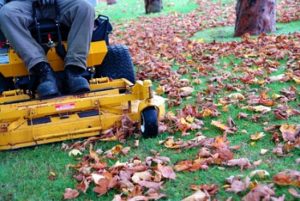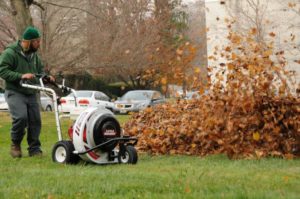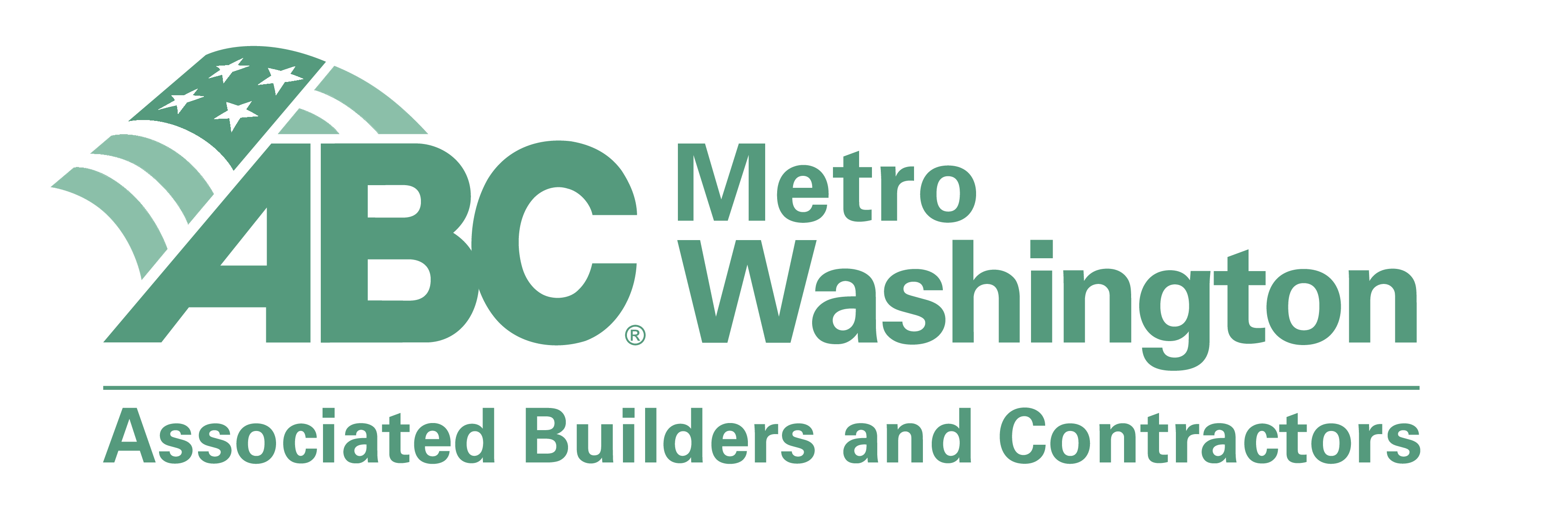3 Ways to Manage Fall Leaves

It’s time for cool nights with crackling fires, Mums and Pansies, football, Halloween, and pumpkin spice EVERYTHING! Oh, and don’t forget leaves. Lots and lots of leaves. Depending on the trees you have on your commercial property, you may see falling leaves from as early as August all the way through February. Properties still need to look maintained through these months, and there are a few ways to attack the leaf situation.
Mowing the Leaves
Sycamore and Birch are some of the first trees to lose their leaves. Not long after, the other trees in the landscape follow suit. Most commercial properties don’t need a full leaf removal in September or October to address these situations because the leaves are not widespread. The best thing to do in early fall is to mow the fallen leaves in conjunction with the regular maintenance visits. Mowers, especially those equipped with mulching blades, will chop-fallen leaves into smaller pieces.
Those pieces will remain in the lawn where they can break down and return vital nutrients to the root zone of the turf. Since turf grass in the Mid-Atlantic is still actively growing through October, landscape contractors will need to continue to provide mowing services well into the fall. Mulching leaves during the mowing process is the equivalent of fertilizing your lawn. You may even see an early green-up of your turf next spring!

Create an Onsight Compost Pile

If you are lucky enough to have some extra space within your community (and residents who are willing to use the finished product), starting a composting pile is a great neighborhood project. Yard debris, leaves, and trimmings can be added to this compost pile and be ready to use in gardens, lawns, and flower beds in as little as 90 days. This can be more labor intensive as the leaves need to be gathered, chopped, and located in the designated area, but the benefits that the entire community can reap from free organic matter can offset that initial cost.
Remove the Leaves
Large volumes of leaves usually need to be removed. In order to keep storm drains, curbs, and gutters debris free as well as the property looking neat, leaves are typically blown into central locations and removed. When leaves get removed from your commercial property, you may not know where they are going. They could be headed to a recycling facility where they become compost, or they may end up in the landfill as trash. Many counties and jurisdictions have yard debris recycling facilities that take landscape waste like leaves, branches, and trimmings, but often not from commercial landscape contractors. When it is at all possible, we should do our best to keep biodegradable items out of the landfills – so ask where your leaves go when they leave your property!

Complete Landscaping Service understands the value of the ecosystem. In naturalized areas, leaves fall and decompose on the forest floor where they continue to feed the understory trees as well as the soil microbes. Looking at some of the processes of commercial landscaping, putting leaves in the landfill just wasn’t very green. So a little over a decade ago, we began composting the yard debris that was resulting from the services that we performed on our commercial clients’ properties. Spring pruning debris and excess mulch along with leaves are brought back to the recycling area at our corporate headquarters where they are ground, aged, and reused in landscape applications throughout the seasons. We wanted to do our part to complete the natural circle of life for the landscape by returning them to the ground from which they were taken.






